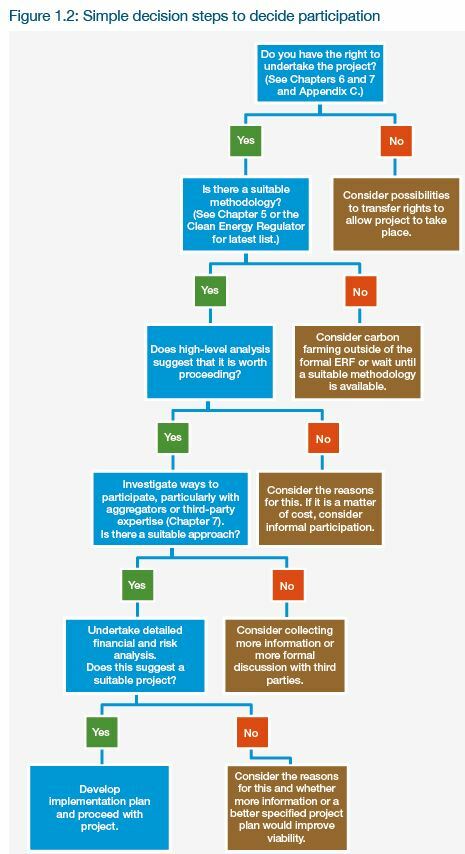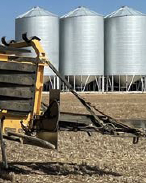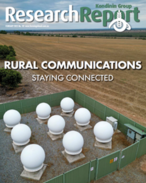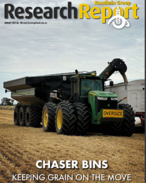Figure 1.2 (below) illustrates a simple decision process that provides a way of thinking through the key decisions you need to make when deciding whether to participate in the ERF. The steps are sequential: each needs to be satisfied before proceeding to the next one. While at various points in this process you may choose not to participate formally in the ERF, the option remains to undertake carbon farming informally outside of the ERF.
1.3.1 Do you have the legal right to undertake the project?
Whether you have the ‘legal right' to carry out a project is not established under the legislation, but is determined by reference to separate legal rights or arrangements established under legislation, common law or contract. This will most commonly involve establishing who has a legal interest in the land on which the project will be carried out and the nature of that interest.
Whether you have the ‘carbon sequestration right' is generally determined by your interest in the land on which the project will be carried out. On privately owned land, the carbon sequestration right is usually held by the landowner, unless a separate carbon sequestration right has been sold or transferred to someone else and registered on title under state law. If a separate carbon sequestration right has been created and registered under state law, someone other than the landowner may hold the carbon sequestration right.
If you do not have the legal right to undertake the project, it may be worth investigating whether you can obtain the right from the party currently holding it. In some circumstances, the legal right can be established through contractual arrangements under which the owner of the land transfers the right to carry out a project to another party.
1.3.2 Is there a suitable method?
Projects under the ERF must take place according to a specific method (or methodology in the terminology of the CFI). Whether you wish to proceed with an ERF project will depend on whether there is a method suitable for your circumstances. Methodologies available at the time this manual was prepared are listed in Chapter 5.
The full list of currently available methods is available from the Clean Energy Regulator HERE. New methods are added to the website regularly.
The ERF offers a number of sequestration methodologies, some of which may be particularly suited to your circumstances. The Clean Energy Regulator has published a decision tree to help you select an appropriate one HERE.
If there is a method suitable for your circumstances, you can proceed to the next step in the decision process. If not, you may wish to consider waiting until a suitable method is available, or participating in carbon farming informally.
1.3.3 Does high-level analysis suggest that it is worth proceeding?
Before pursuing a business case in more detail, it is worth doing some broad calculations to consider whether participating in the ERF is likely to achieve your objectives.
It is possible to do broad ‘break-even' calculations to consider whether an ERF project will generate net benefits from your perspective. For example, with a rough outline of the costs of a project, it is possible to calculate the minimum ACCU price needed to make the project viable. If you do not think that ACCU price is attainable, it might not be possible to achieve your objectives under the ERF.
These broad calculations should also include consideration of the environmental co-benefits of particular methodologies, and in particular whether those co-benefits are likely to emerge in your particular circumstances. Co-benefits are examined in more detail in Chapter 8.
If high-level analysis suggests that it is worth proceeding, you can move on to the next step. If not, it is worth considering the reasons for this in more detail. Broadly, it may not be worth proceeding if:
-
the costs are too high;
or
-
revenues (and co-benefits) are too low.
Where it is a question of cost, and particularly compliance costs, it is worth considering whether there would still be benefits from undertaking carbon farming informally.
1.3.4 Is there a suitable approach for participation?
Participating in the ERF will involve choosing a means of participation: individually, with other farmers or through a third party, such as an aggregator. These options are considered in Chapter 7. You need to be comfortable that there is an approach to suit your circumstances. At this stage, you may wish to contact third parties (such as aggregators) to get a sense of exactly what is involved in collaborative participation.
1.3.5 Undertake detailed financial and risk analysis
The next step involves detailed financial and risk analysis—formal business planning—in order to fully understand the financial and economic values and risks involved.
This step will involve considerable research and consultation with relevant experts. How to prepare a detailed business plan is the subject of this manual, which provides details of the sorts of information and analysis you will need to work through to understand the business case for participating in the ERF.
You should only proceed if you are satisfied with the business plan and are prepared to accept and manage the risks associated with the project.
1.3.6 Develop the implementation plan and proceed with the project
If you are satisfied with the detailed business plan, it is appropriate to go ahead with detailed implementation planning and then to undertake the project. Of course, the form of implementation will depend on your specific farm circumstances and the particular method that you are adopting for the ERF project.

Explore the full Workshop Manual: The business case for carbon farming: improving your farm’s sustainability (January 2021)
Read the report
RESEARCH REPORTS
1. Introduction: background to the business case
This chapter lays out the basic background and groundwork of the manual
RESEARCH REPORTS
1.2 Being clear about the reasons for participating
Introduction: background to the business case
RESEARCH REPORTS
1.4 Working through the business case for carbon farming
Introduction: background to the business case
RESEARCH REPORTS
1.5 Factors determining project economics
Introduction: background to the business case
RESEARCH REPORTS
1.8 Important features of the business case
Introduction: background to the business case
RESEARCH REPORTS
2. How carbon is farmed under the ERF
This chapter considers in detail the activities that constitute carbon farming
RESEARCH REPORTS
2.5 Carbon farming under the Emissions Reduction Fund
How carbon is farmed under the ERF
RESEARCH REPORTS
3. The policy context and the price of ACCUs
This chapter takes a broad look at the policy context for carbon farming






















